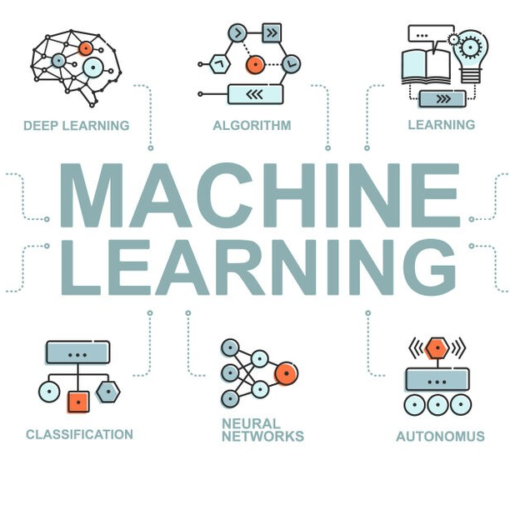Introduction: Decoding the Essence of ERP Implementation
In the ever-evolving landscape of business, ERP implementation stands as a strategic move towards efficiency and integration. This article aims to demystify the meaning and explore its profound impact on organizational processes.
Defining ERP Implementation: A Holistic Insight
Unveiling the Acronym
ERP, or Enterprise Resource Planning, encapsulates a suite of integrated applications that streamline and automate business processes.
The Essence of Implementation
Delving into the process of translating ERP software into tangible, operational benefits for an organization.
Key Components of ERP: Building Blocks of Efficiency
Modules Overview
Breaking down ERP into modules, each catering to specific business functions like finance, HR, and supply chain.
Customization and Tailoring
Understanding the importance of adapting ERP systems to align with unique organizational needs.
Challenges in ERP Implementation: Navigating the Roadblocks
Resistance to Change
Addressing the human factor and strategies to overcome resistance when introducing ERP systems.
Data Migration Complexities
Navigating the challenges associated with transferring data from existing systems to the new ERP framework.
Choosing the Right ERP: A Decision-Making Odyssey
Assessing Business Needs
Conducting a comprehensive analysis to identify the specific requirements and objectives of the organization.
Vendor Selection Criteria
Evaluating ERP vendors based on factors such as scalability, support, and compatibility with the organizational structure.
Implementation Strategies: Ensuring a Smooth Transition
Phased Rollouts
Opting for a phased approach to implementation to minimize disruptions and facilitate a smoother transition.
User Training and Adoption
Investing in user training programs to ensure seamless integration and maximum utilization of ERP functionalities.
Measuring Success: KPIs for ERP Implementation
Operational Efficiency
Assessing improvements in day-to-day operations and workflow efficiency post-ERP implementation.
ROI and Cost Savings
Evaluating the return on investment and cost-saving benefits derived from ERP adoption.
The Future of ERP: Trends and Innovations
Cloud-Based ERP Solutions
Exploring the shift towards cloud-based ERP systems and their impact on accessibility and scalability.
Integration with Emerging Technologies
Understanding how ERP systems are integrating with emerging technologies like AI and IoT for enhanced functionality.
Conclusion: Embracing a More Efficient Future
In conclusion, It goes beyond software integration; it’s a strategic shift towards a more interconnected and efficient organizational ecosystem. By understanding the challenges, making informed choices, and prioritizing user adoption, businesses can unlock the true potential of ERP systems.
Frequently Asked Questions (FAQs)
- Q: How long does it take to implement an ERP system?
- A: The timeline varies based on the size and complexity of the organization but can range from several months to a year.
- Q: Can small businesses benefit from ERP implementation?
- A: Absolutely. While the scale may differ, small businesses can achieve significant operational improvements and cost savings through tailored ERP solutions.
- Q: Is ERP implementation a one-time process, or does it require ongoing adjustments?
- A: It is an ongoing process that may require adjustments as the organization evolves and as new functionalities are added.
- Q: How do you ensure data security during ERP implementation?
- A: Data security is a priority during ERP implementation, and measures like encryption and secure data transfer protocols are implemented to safeguard information.
- Q: What role does top management play in successful implementation?
- A: Top management plays a crucial role in providing leadership, support, and ensuring alignment between ERP implementation and organizational goals.
Read More:





